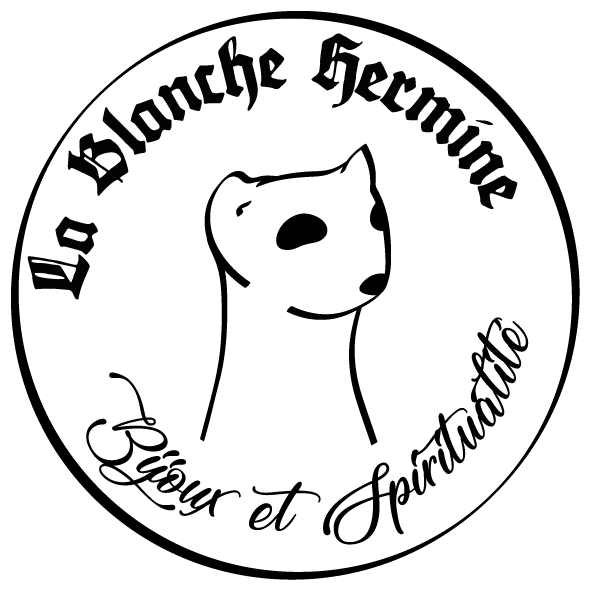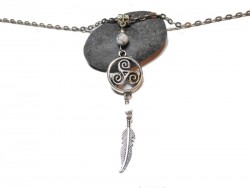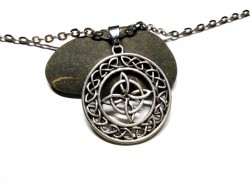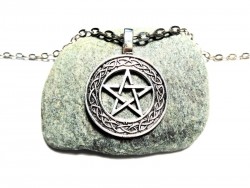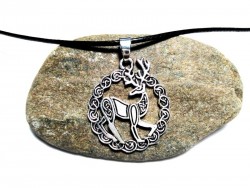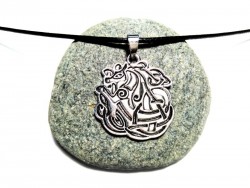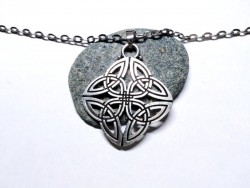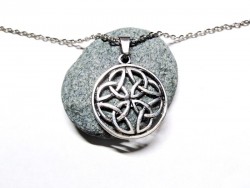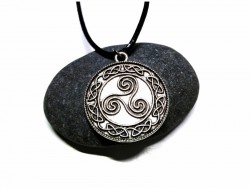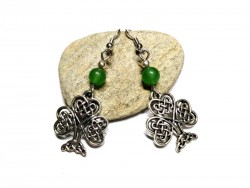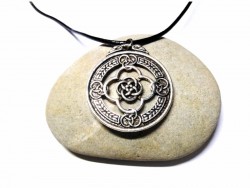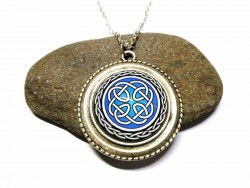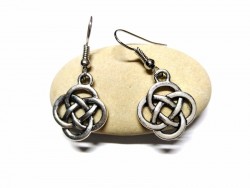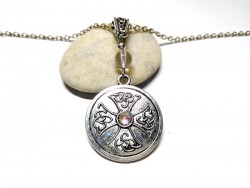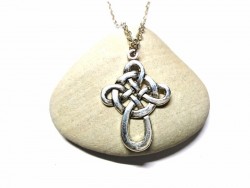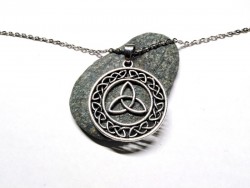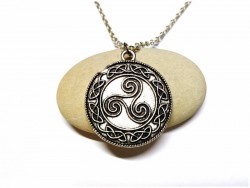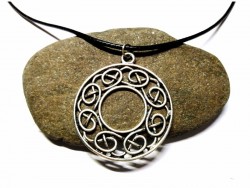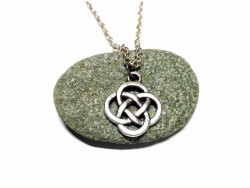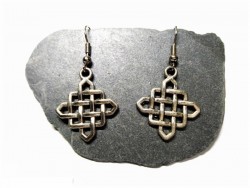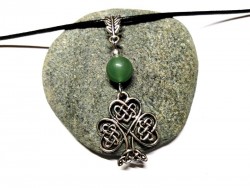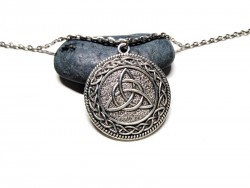Knotworks

Knotworks
Knotworks appeared in Antiquity, as can be seen in many mosaics, especially Roman ones.
They were subsequently used by the Byzantines and then the Copts, notably in illuminated parchments, then particularly developed in the British Isles where the scriptoriums of the monasteries were mainly held by the Irish, as we find so many in the Book of Kells.
And it is from this moment that the knotworks are associated with Celtic art, even if we find them in Merovingian and then Carolingian art on the one hand, Viking / Nordic on the other.
The object of the Hiberno-Saxon knotworks is the ornamentation of bands, usually long and narrow surfaces, in separation or border.
It was with the Germanic contribution (Continental as well as Scandinavian) of animal figures that the latter also began to be intertwined, with the apogee of the Ringerike then Urns Nordic styles (11th-12th centuries).
Today, for a majority of people, Celtic art is knotworks and knotworks is Celtic art. It is therefore very strongly inaccurate.
"Look! I drew a Celtic great white shark. Yes, I decorated it with 2 small knots. That is Celtic." (sadly seen on the web)
See also: What is Celtic art? (origins, influences, examples)
